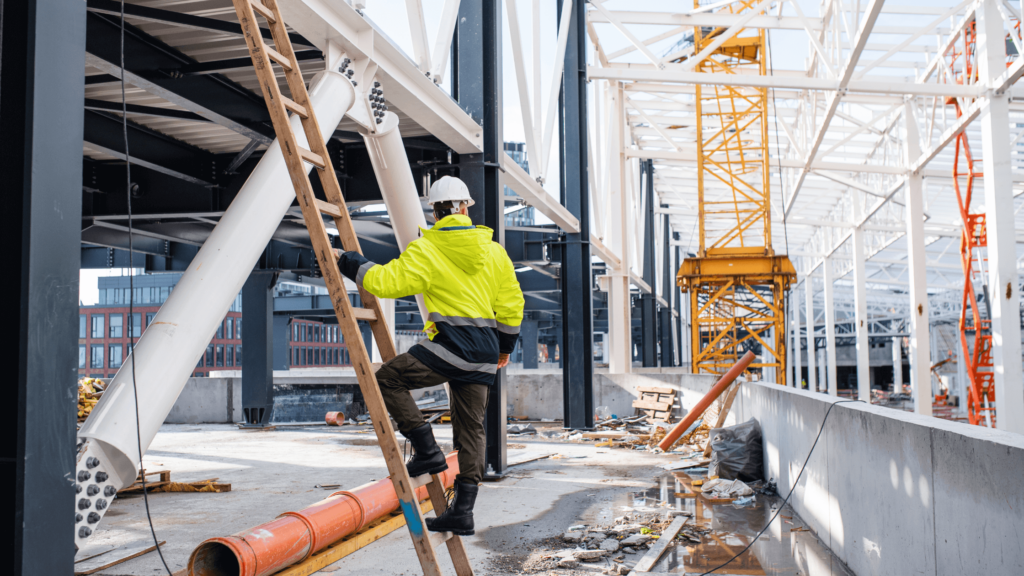March 18, 2025
New ICC codes set to change the game for 3D-printed construction
New ICC codes for 3D-printed concrete walls could streamline approvals and expand project opportunities, meaning faster permitting and lower costs for the AEC industry.
March 17, 2025
Ladder safety tips for construction professionals
Improper use of ladders can lead to serious injuries. Maintaining three contact points and ensuring stability can help keep you safe.
March 14, 2025
Turner begins construction of New York City’s first soccer-specific stadium
Turner Construction breaks ground on NYC’s $780M soccer stadium, Etihad Park—a 25,000-seat venue with cutting-edge design and green features in Queens.
March 12, 2025
Acupressure points for common ailments in physically demanding construction jobs
Acupressure relieves pain, nausea, and anxiety by targeting key body points. Pressure on P6 eases nausea, while foot pressure supports sleep.
March 11, 2025
10 Milwaukee tools every home mechanic should have
Here are 10 essential Milwaukee tools for home mechanics, including impact wrenches and storage solutions, to streamline your automotive repairs.
March 10, 2025
OSHA partners with National Safety Council to improve construction vehicle safety
OSHA joins the National Safety Council to reduce vehicle-related construction fatalities and help to protect road workers.
March 5, 2025
Clean coffee choices for busy builders: Why your coffee matters
Conventional coffees are often full of mycotoxins and mold. Clean coffee brands like Lifeboost and Kion Coffee offer safer, flavorful alternatives.
March 3, 2025
Mighty Buildings: Revolutionizing construction with 3D printing
Mighty Buildings uses 3D printing to build faster, eco-friendly homes, providing innovative housing solutions and sustainable construction practices.
February 28, 2025
OSHA’s new PPE rule: What employers need to know
OSHA updates PPE rules for construction to ensure safety gear is properly fitted for all workers, fostering inclusivity and worker safety.
February 28, 2025
Pointe Vista at Lake Texoma: Redefining Oklahoma living
Pointe Vista at Lake Texoma will feature 2,800 homes, a Hard Rock Hotel, and a Caribbean Bay! This MPC is transforming southern Oklahoma living.
February 27, 2025
Cutting costs, not quality: Smart strategies for construction projects
Reduce construction costs without sacrificing quality. Prefab builds, tech tools, and supplier partnerships help to optimize your projects.













